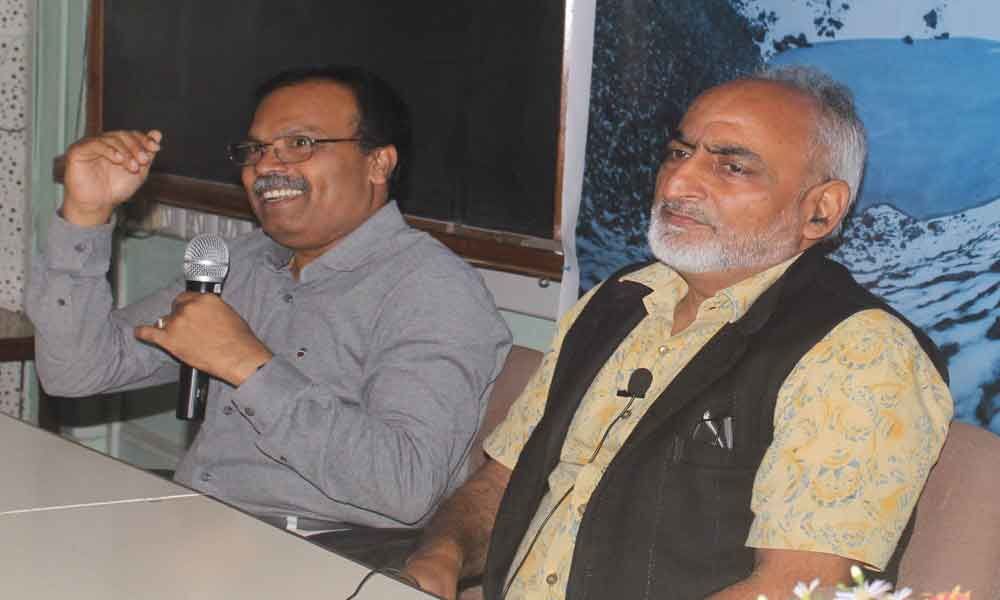Live
- Rains in Rajasthan cause dip in temperature, fog hampers visibility
- HC orders Delhi and Centre to enter MoU to implement Ayushman Bharat scheme
- Hon'ble Supreme Court Judge SVN Bhatti Visits Jogulamba Temple.
- Demand to Construct District Court Complex at PJP Camp in Jogulamba Gadwal District
- Gadwal MLA Bandla Krishnamohan Reddy Meets Union Minister Bandi Sanjay to Push for Key Development Projects.
- India's rural consumption rises, gap with urban areas narrows: Survey
- 'Age catching up with Rohit', opines Gavaskar as Indian skipper's poor form continues
- Bengal school job scam: CBI files charge sheet naming Partha Chatterjee
- Teacher dies, 10 others injured in bus accident near Jaipur
- ‘Vaaradhi’ review: A gripping emotional thriller









